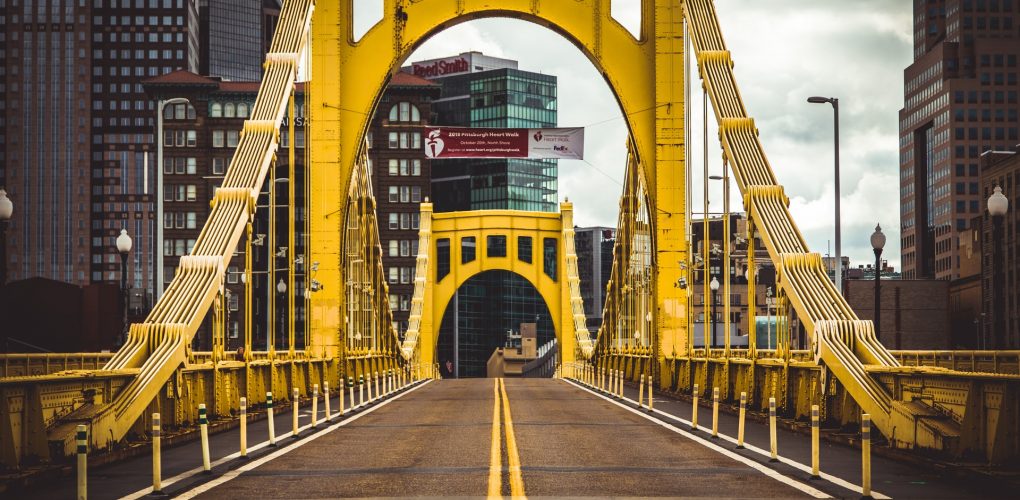….And What’s Next
Federal Highway Administration (FHWA) data conducted by the American Road & Transportation Builders Association (ARTBA) and published in its Federal Highway Investment Benefits by State dashboard reveals that state transportation departments undertook over 16,000 bridge and road improvement projects in 2021. ARTBA Chief Economist Dr. Alison Premo Black compiled the report.
By the numbers: How states used bridge and road infrastructure funds
The FHWA data shows that states leveraged $31.4 billion in federal funds, along with their own budget dollars and money from other sources, to tackle almost $57 billion in transportation-related infrastructure projects. If that seems like a large amount, it is, based on recent history. However, that’s a mere pittance compared with the work that will happen this year and in the years ahead due to funding from the Infrastructure Investment and Jobs Act (IIJA) that was approved by Congress earlier this year.
Here’s the good news about last year’s projects and the ones in the future: Not only will they keep people safe by helping prevent bridge structural failures, but they will also enhance economic activity by preventing bridge and road closures and connecting different areas to encourage new business opportunities.
Furthermore, these benefits will be realized for a long time because today’s new bridges and structural improvements are designed to last much longer than the viaducts developed during the last building boom in the middle of the 20th century.
The five states with the most projects in 2021 were:
- Missouri (1,040 projects).
- Michigan (903 projects).
- Ohio (796 projects).
- Indiana (731 projects).
- Tennessee (663 projects).
Just over 40% of the funds went to repair or reconstruction work. An additional 20% went to adding capacity, such as a new lane or bicycle or pedestrian path, to an existing bridge or roadway. Six percent was invested in new roads or bridges.
The five largest projects across the United States in 2021 that include a mix of federal, state, local, and private funds are:
- Georgia: S.R. 400 North Springs Marta Station to McFarland Road Express Lane ($3.8 billion).
- Arizona: I-17 Split ($899 million).
- Texas: New roadway lanes/reconstructed existing roadway on IH 35E ($715 million).
- Nebraska: 20th, Missouri River Omaha ($607 million).
- Louisiana: LA 1: Leeville to Golden Meadow, Phase 2 ($524 million).
The value of these projects is based on actual costs, not estimates or projections. The list is made up of federally supported projects completed in 2021, not considering when funding was granted. It includes projects paid for by formula funds, discretionary grants, COVID-relief money, and supplemental appropriations from the previous three years.
Economic impact of bridge and road improvements now and in the years ahead
Over the last decade, federal investment has paid for more than 50% of state highway and bridge maintenance, repair, and construction projects. This funding has gone toward structures that are part of the National Highway System, which includes the Interstate Highway System and the major roads that connect U.S. airports, ports, rail and truck terminals, pipeline terminals, and intermodal facilities. These are the roads and bridges that carry the vast majority of traffic in the United States, so they will help keep many people safe and drive a significant amount of economic benefit. The large-scale impact that these projects have is why the federal government invests in state transportation initiatives.
Put simply, one of the most significant benefits of major public bridge and road initiatives is that they leave behind assets that last a long time. In addition to creating jobs and generating tax revenue while they’re being built, transportation infrastructure improvements encourage economic growth and efficiency for decades beyond the initial investment. Such improvements also help prevent unexpected emergency repairs, which can be expensive. This saves governments money and enables states to get budgets under control.
How significant is the economic impact of transportation infrastructure projects? FHWA estimates that each $1 billion in bridge and road infrastructure spending helps create and support at least 13,000 jobs in all parts of the U.S. economy, which means more than 740,000 jobs were created by transportation projects in 2021. This includes not only bridge and road construction jobs but also employment in retail, manufacturing, delivery, warehousing, restaurants, and other industries.
The five-year IIJA provides the highest federal bridge, highway, and transit funding in more than 60 years. How will this money impact your state? Check out the interactive map on the ARTBA website to learn more.

